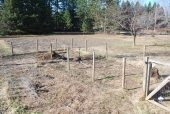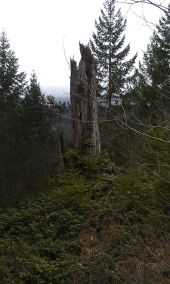
 1
1





 2
2




 6
6








 1
1




 2
2




 1
1




http://falsedivision.wordpress.com/
Come. Read awhile.












 to our ideas sucks, but talking about rototilling growing areas three times is going to get reactions on a permaculture forum!
to our ideas sucks, but talking about rototilling growing areas three times is going to get reactions on a permaculture forum!













 1
1








 Last year ground prep started in March.
Last year ground prep started in March.




Hanley Kale-Grinder wrote:
I've worked with many organic farmers who till the same land year after year, adding outside sources of fertilizer, who consistently get nice yields.
Hanley Kale-Grinder wrote:
All of this HAS gotten me thinking though...thanks again!
 Hey, that's what permies.com is all about!
Hey, that's what permies.com is all about!


















Your idea (crudely simplified) as I understand it: X suburban landowners turn over X of their land for CSA.
Will the landowners be involved in the work? I assume there's some sort of produce-for-land type deal.
Will you rotate around the entire series of properties? I have a feeling you've mentioned rotation, but I can't find it.
Actually, I have lots of questions around that stuff and I'll stop, since it pulls the thread way off track.
Your mulch-growing idea is interesting. While having the good stuff off-site isnt ideal in a permie sense, neither is anything
Would it work to incorporate growing mulch into a rotation? Mixed annuals, especially legumes, cut in autumn, mulched over and planted in spring could be a great way to maintain soil health.
As far as I know, most of the nutrition from amendments will stay in the soil, so the actual planting area needs to be fertilised.




Get involved -Take away the standing of corporations MovetoAmmend.org





|
Destroy anything that stands in your way. Except this tiny ad:
Learn Permaculture through a little hard work
https://wheaton-labs.com/bootcamp
|





